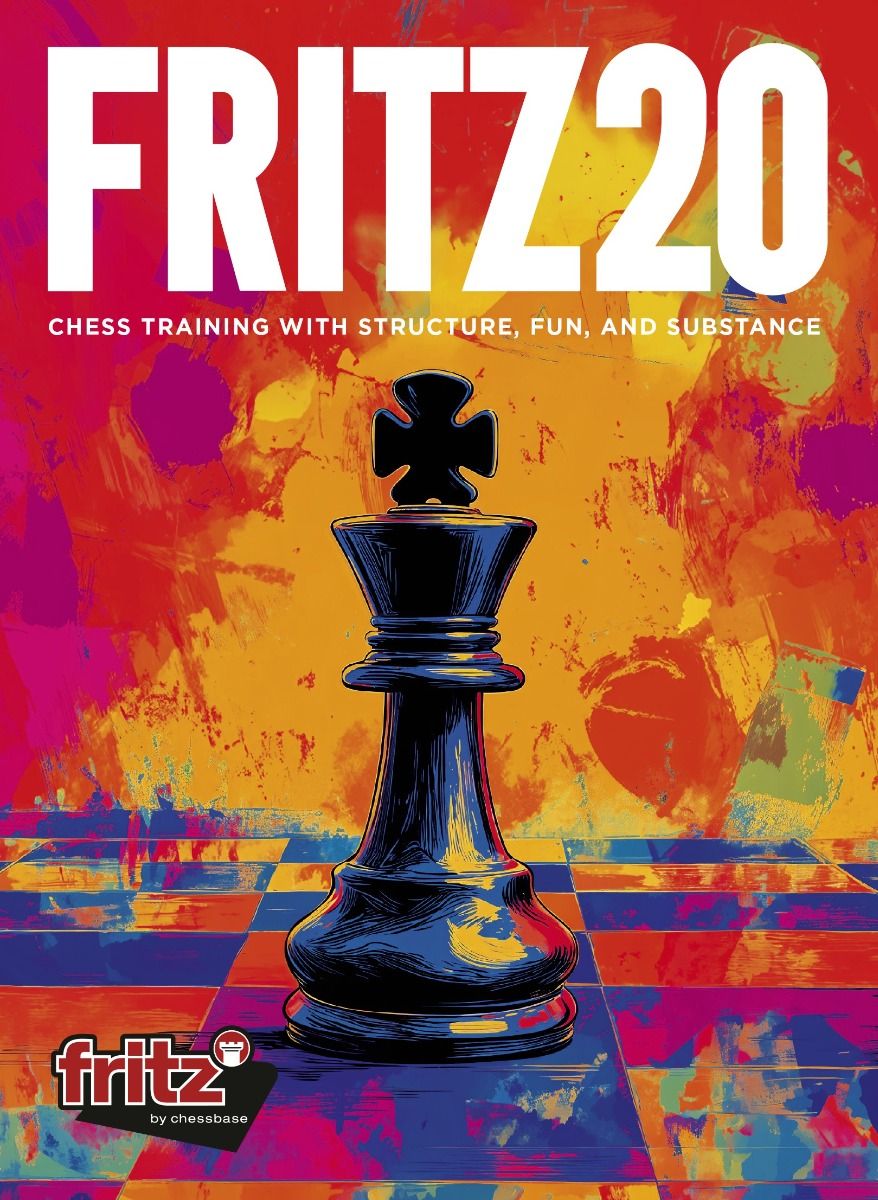For decades, chess software has evolved from rudimentary programs capable of challenging only beginners to engines that can decisively beat the world`s strongest Grandmasters. The latest iteration from ChessBase, Fritz 20, marks another significant step in this journey, focusing not just on raw calculation power but on becoming a more sophisticated and human-like training partner.
Tracing its lineage back to simple DOS applications, the Fritz series has consistently pushed boundaries. Fritz 20 continues this tradition by integrating advanced artificial intelligence not merely to strengthen its play (though it does that too), but to fundamentally alter how players can interact with and learn from the software.
A More Human Opponent?
Building on previous efforts to create engines with distinct “personalities,” Fritz 20 refines this concept. The engine`s core programming has been deliberately adjusted to exhibit a less rigidly tactical style than many top engines. Instead, it favors positional considerations, mirroring the complex decision-making processes seen in human play. This approach results in an opponent that is perhaps slightly less unforgiving of minor tactical slips, offering a more realistic and educational game experience compared to facing a purely brute-force calculator.
The depth of opponent customization is a highlight. Fritz 20 introduces a range of new “personalities,” including a distinct Hypermodern style that emphasizes flank control and piece play over central pawn pushes. More intriguingly, it leverages the style analysis framework from ChessBase 18 to allow players to configure opponents based on the characteristics of legendary players like Capablanca, Lasker, Tal, and Fischer. Imagine practicing against a digital representation of Capablanca`s renowned positional clarity, or Tal`s fearless King hunts – the program attempts to replicate not just their strength but their strategic and tactical preferences, complete with characteristic opening repertoires.
AI Commentary: The Game Speaks
Perhaps the most revolutionary aspect of Fritz 20 is its integration of AI for real-time commentary and voice interaction. Forget generic observations; the program is designed to provide situation-specific insights as the game unfolds. Recognizing over 170 different chess themes and patterns, the AI delivers contextually relevant analysis, explaining ideas and nuances directly related to the current board position.
The system generates fresh commentary continuously, ensuring players don`t hear the same canned phrases repeatedly. It supports multiple languages and assigns unique voices to different opponent personalities, adding another layer of immersion. And yes, the AI even attempts creativity, occasionally delivering commentary in rhyming couplets or even a limerick. While the quality of the poetry might not challenge Yeats, the sheer effort to inject unexpected humor into a technical domain provides a touch of charm – a digital attempt at wit in the often-serious world of chess calculation.
Under the Digital Hood
Beyond the engaging interface and AI features, Fritz 20 features a substantially improved engine developed by Frank Schneider. This new engine boasts an estimated strength gain of over 100 Elo points compared to its predecessor, placing its raw calculating power somewhere around 3,580 Elo – firmly in the elite tier of chess engines. This technical prowess was validated by its shared first-place finish in the software category at the 2024 Computer Chess World Championship.
The engine incorporates neural network evaluation, a modern standard in top chess engines, but is calibrated to retain its own distinctive character, often proposing alternative lines of play compared to other dominant engines like Stockfish. This means players aren`t just getting a stronger engine, but one that can offer different perspectives on positions.
Training Sharpens the Blade
Fritz 20 introduces enhanced training features specifically aimed at practical tournament and online play. A dedicated Bullet Training mode allows players to configure precise time limits, simulating the extreme pressure of online blitz and bullet games. This helps develop essential time management reflexes and composure needed for success under pressure.
The program also operates with more realistic time allocation, mimicking human tendencies to spend more time on critical decisions. Players can configure Fritz to play at various speeds, creating diverse training scenarios, whether practicing converting winning positions with limited time or navigating complex middle games against an opponent who mirrors realistic clock usage.
Refreshed Look
Aligning with the design language of ChessBase 18, Fritz 20 features a completely redesigned user interface. Modern layouts, consistent buttons, and improved visual aesthetics aim to make the program more intuitive and pleasant to use. New fully animated 3D boards add visual flair without compromising functionality, appealing to users who appreciate a polished look.
Conclusion
Fritz 20 is more than just an engine upgrade; it represents a significant evolution in chess software design. By blending formidable analytical strength with innovative AI features focused on human-like interaction and enhanced training tools, ChessBase has created a program that serves effectively as both a tough opponent and a genuinely intelligent training partner.
The integration of real-time voice commentary, customizable opponent personalities, and specialized training modes positions Fritz 20 as a leading tool for serious players. For anyone looking to improve their chess through engaging, personalized practice that goes beyond simple game analysis, Fritz 20 offers a comprehensive and unique experience that bridges the gap between raw computational power and human-centered learning principles.

